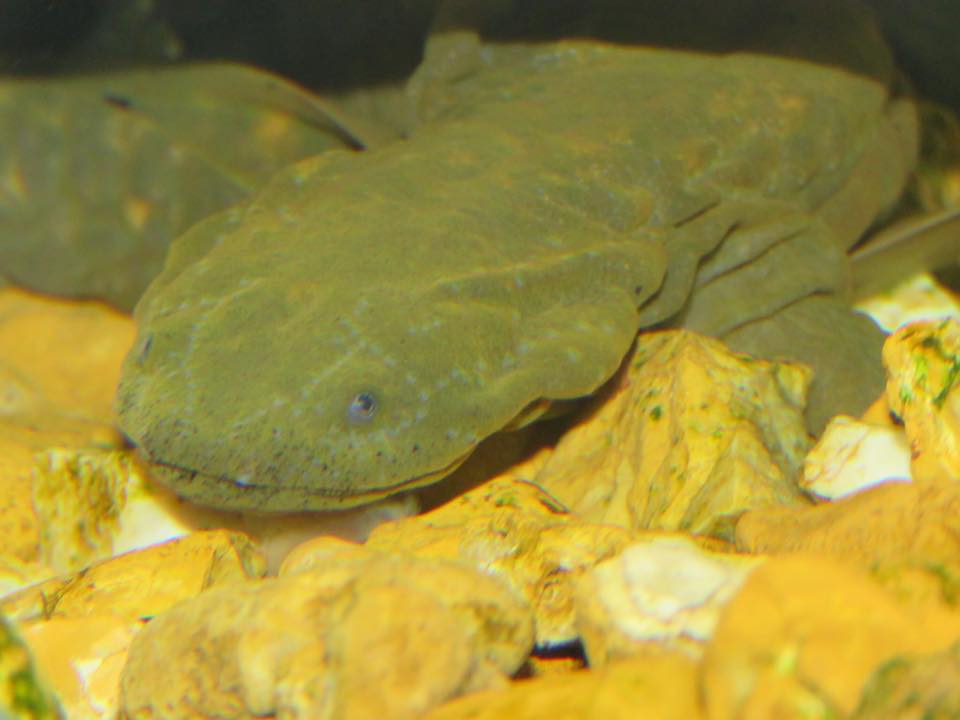Maryland is home to more than 20 species of salamanders. These amphibians live in a wide variety of habitats, but are rarely seen due to their secretive nature and generally small size. Many people are familiar with some of Maryland’s more common species such as the redback or spotted salamander, but few are aware of the state’s largest species, the Eastern hellbender (Cryptobranchus alleganiensis). Despite reaching lengths of roughly 2 feet, this amphibian is rarely seen as it is fully aquatic, spending its entire life underwater in large rivers and streams. Once found throughout the eastern US, there are now only a few scattered isolated populations of varying size in each state. In Maryland the hellbender is considered by the Department of Natural Resources to be endangered.
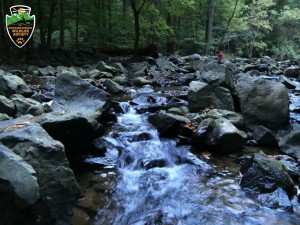
The hellbender is truly a habitat specialist, preferring clear fast-running water, large flat rocks for hiding, and plenty of crayfish and other shellfish, which are its primary diet. As an ectothermic amphibian, the hellbender is very sensitive to changes in temperature and depends on its permeable skin for breathing – it has multiple skin flaps that it uses to filter oxygen from the water. They fill a significant role in freshwater ecosystems that other animals do not occupy. Yet, because of these specific requirements, hellbenders are especially vulnerable to threats of habitat modification and destruction, much of which stems from land and water development. Other human activities such as dam-building can fill the water with loose sediment, eliminate oxygen from the water, and drastically alter the water’s temperature. Such abrupt and fluctuating changes make streams uninhabitable for the hellbender. Other threats may include pollution, disease, harassment, and illegal collection.
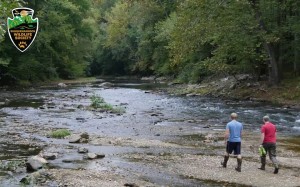
Due to this long list of threats, hellbender populations have seen a drastic decrease in Maryland and are critically endangered. They were once found throughout the northern counties of Maryland, most notably in the Appalachian Mountains in Garrett County and the tributaries of the Susquehanna River in Harford County. Currently, the only known populations of hellbenders occur in the westernmost part of the state, where they are still rarely encountered. Because hellbenders are extremely difficult to find, it is a challenge to monitor and manage their numbers. In some areas, including the Susquehanna River, it is unknown if they still even exist.
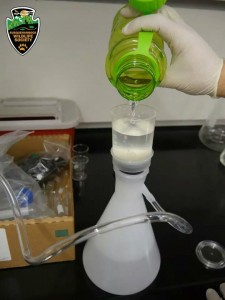
Recent innovations, however, may provide hope for finding historical populations of hellbenders. A newly-developed technique involving the collection of Environmental DNA (eDNA) is being used across the world to find evidence of aquatic species that are otherwise difficult to detect. The process involves filtering a sample of water from the study site and using genetic techniques to detect the presence of a specific animal’s DNA in the water (usually in the form of skin sheds or fecal matter). With this technique, researchers would be able to determine if the hellbender still exists in its historical range without having to find the salamander itself.
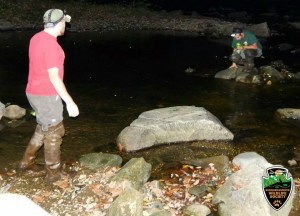
In Harford County, the Susquehannock Wildlife Society has partnered with the Smithsonian Institution and Department of Natural Resources to do just that. A multi-year, statewide study has just begun to evaluate and test waters in which the hellbender has historically been found with the hope of rediscovering populations that were previously thought to be lost.
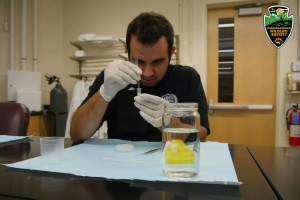
This fall, eDNA studies are being performed by the Susquehannock Wildlife Society in the tributaries of the Susquehanna River to determine if these large and secretive amphibians are still present in the area. Stream samples from a series of sites along the river have been collected, filtered, and are currently in a lab being tested for hellbender DNA; this data will contribute to other eDNA studies done throughout the state. If successful, the rediscovery of hellbenders in the Susquehanna would be a victory for the salamander and appropriate steps can then be taken to ensure the further survival of Maryland’s largest and arguably most unique amphibian.
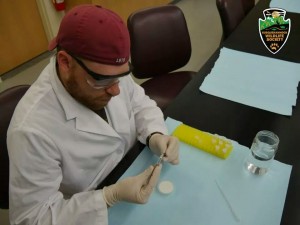
You can help as well! If you have seen any hellbenders in Harford County, please notify the Susquehannock Wildlife Society. Don’t interfere with this rare and endangered amphibian, but report its sighting and, if possible, photograph and document where you found it.

